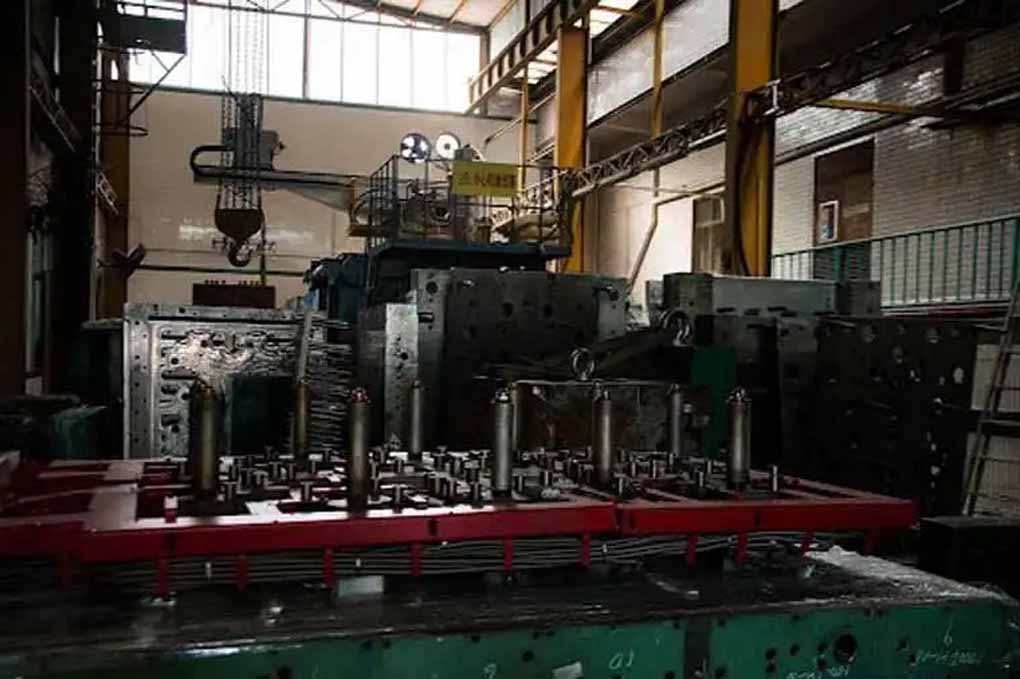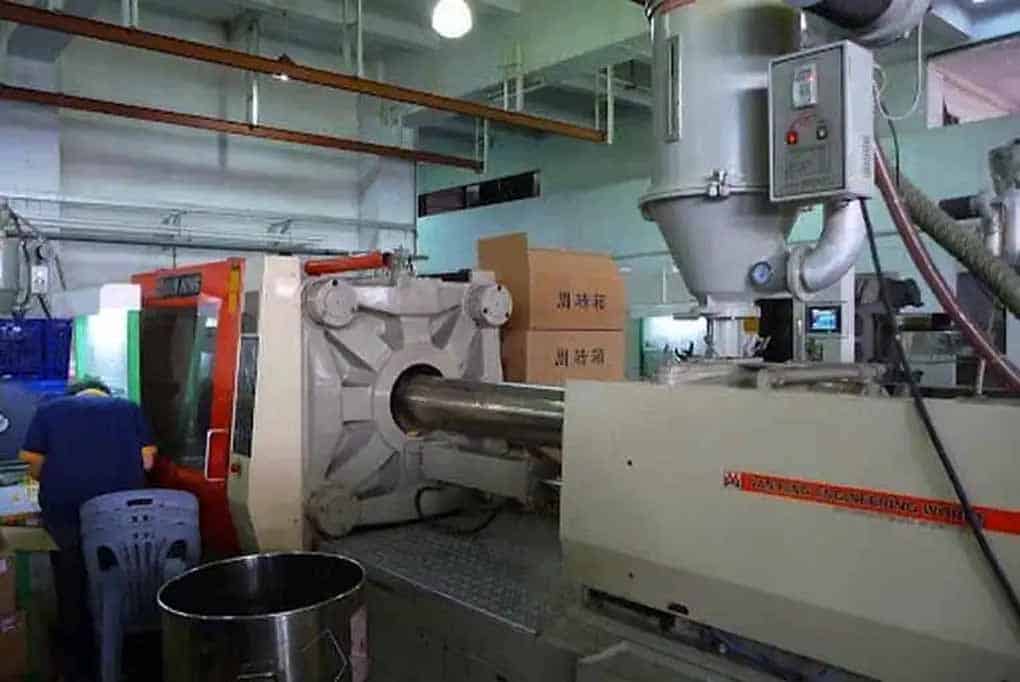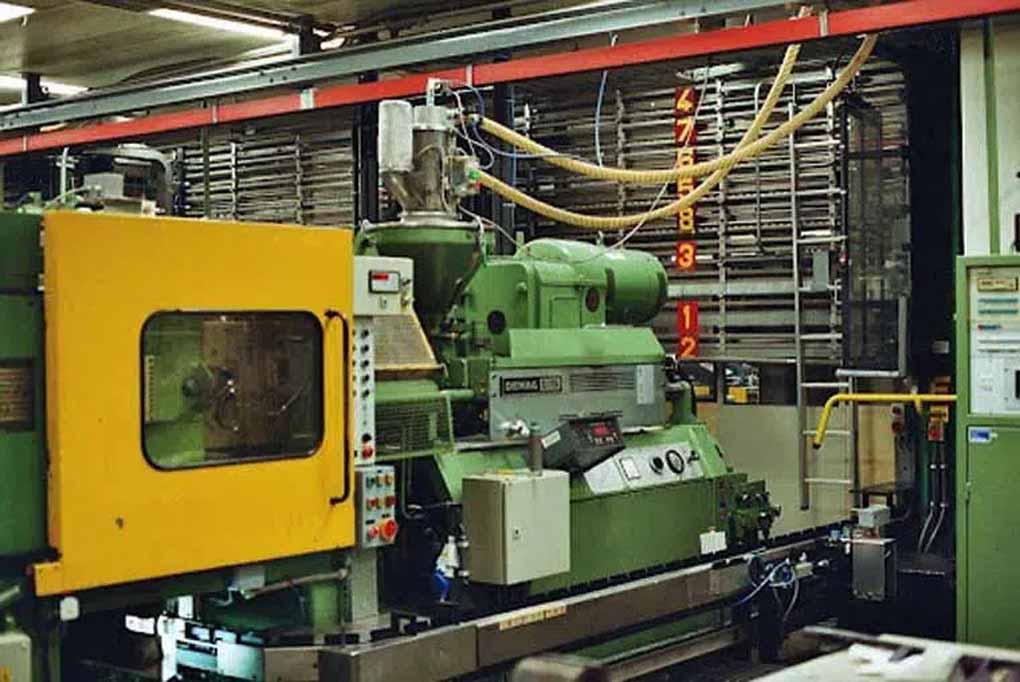The Pros and Cons of Micro Overmolding
Micro overmolding is one of the most popular methods of manufacturing plastic products in high volumes.
Unfortunately, it’s crucial to know the particular design restrictions that manufacturers need to follow to facilitate the clear advantages of effectively manufacturing high-quality and cost-effective components.
Micro overmolding involves the production of a unique selection and mold of materials to manufacture a particular product or component that meets your precise needs and specifications.
Compared to other fabrication processes, micro overmolding provides a range of advantages and only a few drawbacks.
Related Posts
However, with a little careful planning, you can easily overcome these drawbacks and make the process more effective.
Here are some of the pros and cons of micro overmolding that you should know:

Table of Contents
Pros of Micro Overmolding
Improved strength
It’s possible to utilize fillers in the molding material with micro overmolding. These fillers help lower the density of the plastic while it is being molded.
Furthermore, the fillers can also help improve the strength of the finished product.
Lowered finishing needs
Oftentimes, there is little-to-no post-production work needed. The reason for this is that components typically have an excellent finished look once ejected from the mold.
Consistency of the product
Micro overmolding is a repeatable task. To make things simple, the second component you manufacture is going to be the same as the first component.
This is a major benefit if you’re trying to manufacture part reliability and high tolerances in high volumes.
Excellent color control
You can manufacture plastic components in any required color with the help of compounding or masterbatches.
Can include inserts
You can mold plastic or metal inserts in the mold.
Low scrap rates
Micro overmolding generates almost little-to-no post-production waste. This is particularly true if you compare it to traditional manufacturing processes.
Usually, any waste comes from the runners and sprue. However, the manufacturer can regrind and recycle any waste or unused plastic for future use.
Huge choice of material
There is a huge selection of polymer resins to choose from. In addition to that, you can also simultaneously use multiple plastic materials.
For instance, you can overmold TPE onto PP parts with micro overmolding.

High-output production
You can manufacture thousands of components before you will have to maintain the tooling.
Flexibility in the design
The mold itself is subjected to very high pressure. Because of this, the plastic inside the mold is pressed harder. This enables a huge amount of detail to be included in the component.
In addition to that, it also allows manufacturers to produce intricate or complex shapes.
Low labor expenses
For those who don’t know, micro overmolding is an automated process. Most of the tasks are done by robotics and machines.
You will only need one person to manage and control these machines. Automation helps to lower manufacturing expenses. The reason for this is that the overheads are greatly lowered.
Highly efficient and fast production
Micro overmolding can create a huge number of components every hour. Speed varies on the size and complexity of the mold.
However, on average, the cycle time on each component is around 15 to 120 seconds.
Still, the manufacturer needs to work with a reliable circuit breaker supplier to guarantee a steady supply of power.
Cons of Micro Overmolding
Small runs of components can be expensive
Because of the tooling’s complexity, and the need to clean the machine of all past material before producing the next product, the setup time can be quite long.
Because of this, minor runs of parts have traditionally always been considered too costly for micro overmolding.
Restrictions in the part design
When you’re designing plastic components, you will have to consider the limitations of micro overmolding.
Also, you should always remember that it can be hard to make design changes since tools are usually made from aluminum or steel.
You can make the tool cavity bigger by cutting away aluminum or steel if you have to add plastic to the component.
However, you have to lower the size of the tool cavity by adding metal or aluminum to it if you want to take away plastic.

This is very hard. On a lot of occasions, you might have to get rid of the tool and start all over again.
Furthermore, the size and weight of the component will help figure out the size of the tool and the necessary press size. The bigger the part, the more expensive and harder it will be.
High tool expense
Up-front expenses can be a bit expensive when it comes to micro overmolding. The reason for this is that you will need the tooling, testing, and design before you can start.
There is the initial prototyping and design. Usually, professionals use 3D printing or CNC. Next, you will have to create a design for the prototype mold as well to generate copies of the part in volume.
Finally, you can start the micro overmolding process only after extensive testing during both stages.
As you can see, there are only a few disadvantages that you can get with micro overmolding. However, if you plan everything carefully, you can easily get rid of these drawbacks and make the process a lot simpler for you.
Also, as mentioned earlier, manufacturing high-volume parts will take time. Because of this, you might need an injection molding chair while waiting for the process to finish.
Conclusion
Micro overmolding can be a potent tool in designing a product. It will need meticulous attention and care during the design process.
While it can be a bit expensive during the development and design stage, it will help improve the value of your product and can lower manufacturing expenses in the long run.